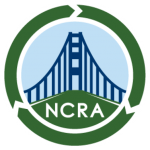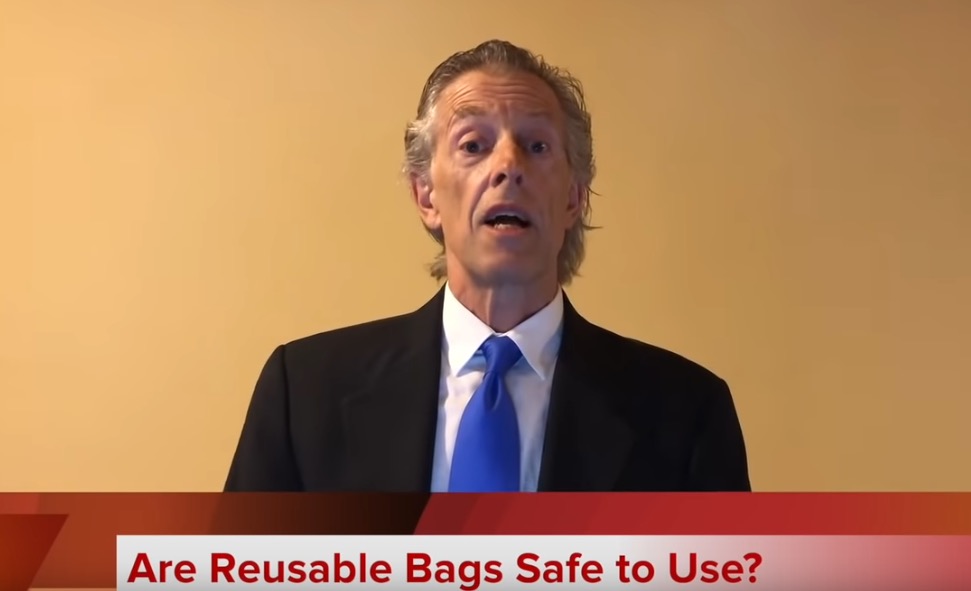 RECYCLING UPDATE GOES VIRTUAL!
RECYCLING UPDATE GOES VIRTUAL!
CELEBRATE ST. PATRICK’S DAY IN OCTOBER!
NCRA’s Recycling Update will be held on-line on Monday, October 5 and Tuesday, October 6, from 12-5pm. Two half-days. Registration is $75 for Current Members and $135 for Non-Members. Details
Join NCRA Register Today
Speaker Showcase – Day 1
Speaker Showcase – Day 2
Sponsors
 PROGRAM
PROGRAM
Interactive Topic Lunches, 10-Minute Presentations, Entertaining Breaks and – drum roll, Debates! The debates will be conducted by members of a local high school debate team coached by subject matter experts from both sides of the issue.
Presentations will be from innovators and experts in waste prevention, food rescue, reuse, recycling, composting and Zero Waste. Join 300 Zero Waste professionals and advocates for networking and small group discussions of current topics.
The program (subject to change) is as follows:
MONDAY, OCTOBER 5
| 12:00pm | Topic Lunch | ||
| 1:00pm | David Krueger |
Welcome | |
| Leslie Lukacs | Zero Waste Sonoma | Are Compostable Products Being Composted? | |
| Laurenteen Brazil | City of El Cerrito | National Sword’s Impact on the El Cerrito Recycling Center | |
| Genevieve Abedon | Clean Seas Lobbying Coalition / Ecoconsult | Fighting Plastic Pollution: California Legislative Efforts | |
| Miriam Gordon | Upstream | Bringing Reuse Into Food Service Through Policy and Business Innovation | |
| 2:00pm | Break: Entertainment / Activity TBD | ||
| 2:30pm | Debate Team | Head Royce High School | Collecting Low Value Plastics |
| 3:15pm | Break: Entertainment / Activity TBD | ||
| Monaliza Noor | HF&H Consultants | SB 1383 Model Tools Overview | |
| Wanda Redic | City of Oakland | Reduce and Rescue Oakland’s Surplus Food | |
| Derek Crutchfield | City of Vallejo | Recycling Rewards: Recycling Incentive Contest | |
| 4-5pm+ | Virtual Networking | ||
TUESDAY, OCTOBER 6
| 12:00pm | Topic Lunch | ||
| 1:00pm | David Krueger |
Welcome | |
| Wes Sullens | U.S. Green Building Council | Update on Recycling, Circular Economy, and Embodied Carbon in LEED v4.1 | |
| Peter Schultze-Allen | EOA, Inc. | What do Stormwater and Zero Waste have in Common? | |
| Brock Hill & John Moore | Premier Recycle Company / Law Office of John Douglas Moore | How Franchising Impairs Recovery of C&D | |
| Tony Hale | San Francisco Estuary Institute – Aquatic Science Center | Accelerating Trash Detection in the SF Bay Area using Advanced Technology | |
| 2:00pm | Break: Entertainment / Activity | ||
| 2:30pm | Debate Team | Head Royce High School | Mixed Waste Processing |
| 3:15pm | Break: Entertainment / Activity | ||
| Magdalena Donoso | GAIA – Latin America & the Caribbean | Wastepickers: Key Agents for Zero Waste Cities | |
| Julia Lang | Downtown Streets Team | I Clean the Streets, Because I’m from the Streets: How to Use Environmentalism as a Vehicle to End Homelessness | |
| Michael Bisch | Yolo Food Bank | Transforming Wasted Food Recovery In A Small Rural County | |
| 4-5pm+ | Virtual Networking | ||






